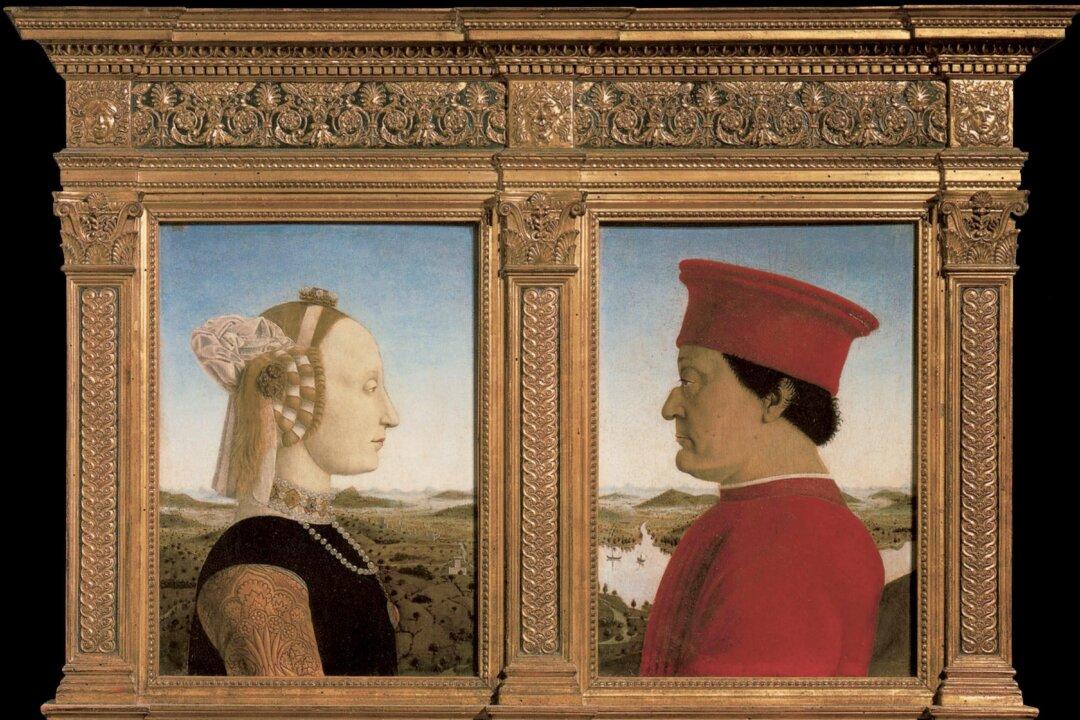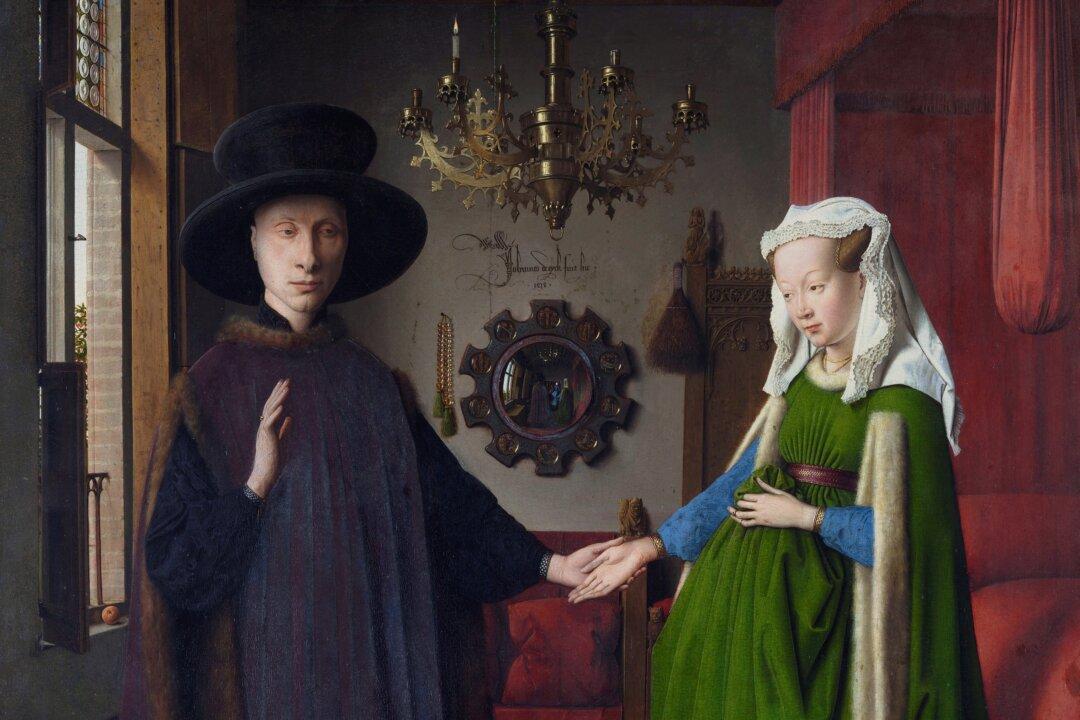Perhaps the oddest twist in the history and mythology of abstract art was the U.S. State Department’s advocacy of abstract expressionist work—from Jackson Pollock’s notorious “drip” paintings to Mark Rothko’s canvases of colored rectangles. In the Cold War struggle against communism in the 1950s, the CIA actively promoted such work as representative of individual freedom, sponsoring exhibitions across Europe. That political and cultural development was ironic on several levels.
To begin with, the American critics and scholars who had been the influential early champions of abstract art had had strong communist ties, however loosened or played down they were in later years. Both the critic Clement Greenberg and the art historian Meyer Schapiro published their first essays promoting abstract work in communist-inspired journals such as The Marxist Quarterly and Partisan Review. Moreover, the abstract expressionists themselves were strongly leftist in their sympathies, often being quite vocal in their condemnation of what they called bourgeois values, capitalism, and the American way of life.



